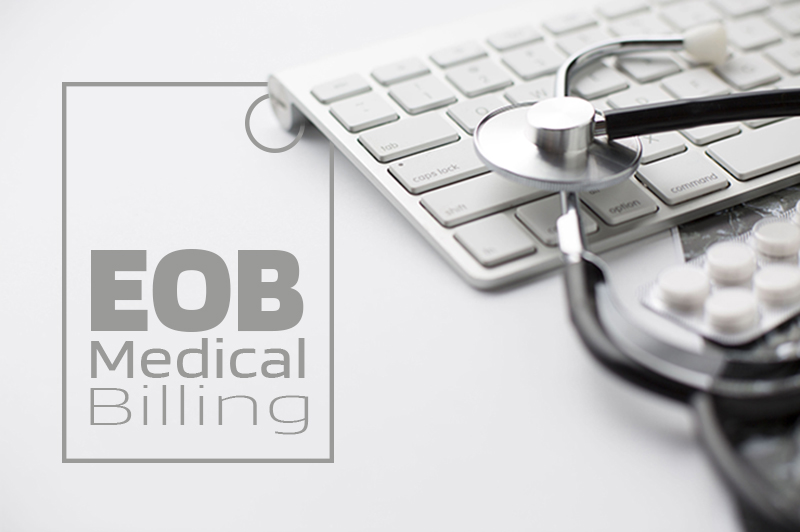Medical billing involves several steps and completing them correctly and in a timely manner is the key to successful claim submission. Today, most healthcare providers rely on medical billing companies to manage their revenue cycle. This can reduce costs, minimize risk of billing and coding errors, prevent payment delays/denials, and enhance revenue. The Explanation of Benefits (EOB) is a statement the insurance company sends patients after processing a claim submitted by their healthcare provider. The EOB lists the costs that the patient’s health plan will cover for medical services or products provided to the patient.
What is an EOB?
When a claim is submitted, the insurer will send the EOB by mail or via an online patient portal. The EOB is not the medical bill. Rather the EOB helps patients understand their medical bill.
The EOB is a statement from the insurance company listing the total charges (amount billed), allowed amount, non-covered charges, the amount paid to the provider, and any co-pay, co-insurance, and deductibles the patient pays. Basically, the EOB shows:
- the portion of the medical claim that the patient’s active medical insurance plan will cover, and
- the portion of the medical claim that the patient has to pay
The EOB provides the following details:
- Patient details (Name, Policy number, ID number, etc)
- The date on which the patient received the service
- Medical services received and from whom (the name of the physician)
- Procedure codes of the service
- Billed amount – cost of the services
- Discounts-money saved by accessing care or medical products from the plan’s network of providers
- Amount paid by the health insurance plan
- Amount not covered-costs the health plan did not cover
- Amount that paid from health reimbursement account (HRA) or other spending account, if applicable
- Outstanding amount the patient is responsible for paying
Patients receive the EOB around the same time that they receive their billing statement from their provider. Reviewing their EOBs help patients in the following ways:
- To clearly understand the cost of the medical services they received and out-of-pocket medical costs they are responsible for
- To identify their insurance plan balance and how close they are to meeting their deductible
- To find the errors in their medical bills such as being billed for the services not received, wrong amount billed, being billed twice for the same service, incorrect date of service, etc
If patients find an error in their EOB, they should inform their insurance company and provider about it.
Relevance of the EOB in Medical Billing
Providers and their medical billing service providers can access EOBs on the insurance company’s website using the unique login assigned for the practice. The medical billing team will promptly post these payment details into the respective patient account against that particular claim to reconcile them. Timely and accurate posting will help the healthcare provider understand exactly how amount of money is due to them.
For a medical billing company, the information in the EOB is crucial to appeal for denied benefits. In an in-house medical billing audit, EOBs are scrutinized to identify if a payment posting error has occurred. Problems that can occur while posting payments from the EOB:
- Payment adjusted for wrong patient – this happens if the EOB has the wrong invoice number /patient ID
- Payment for a claim is not updated
- EOB does not have information on copay and deductible and patient responsibility is not taken into account, which will lead to partial payment for a claim
- Assigning the wrong denial code due to uncertainty about reason for denial
Accurate EOB posting will help providers receive proper reimbursement in quick turnaround time, manage denials, and prevent fraud. Medical billing services include patient eligibility verification to determine the patient’s active coverage and patient financial responsibility in advance. Verification of eligibility allows providers to collect the patient’s portion at the time services are provided. When the patient’s portion is collected and the insurance pays the estimated amount, the patient account will have a zero dollar balance. Patients and payers are expected to maintain copies of the EOB in their records for future reference.




